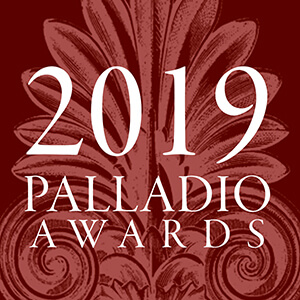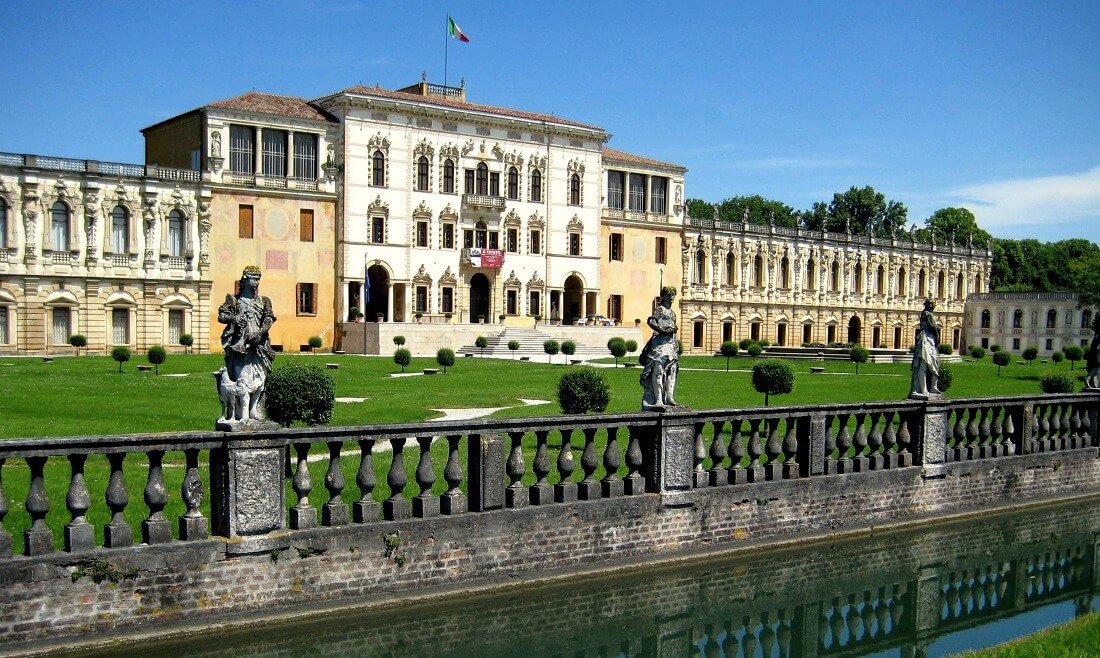
The Venetian villas: unique historic homes in the countryside
The Venetian villas are noble residences built between the fifteenth and nineteenth century, by illustrious architects and artists of the Veneto, for the patriciate of the Republic of Venice, in the countryside of the Po Valley belonging to the Domains of Mainland. There are more than five thousand villas and with their extraordinary gardens and parks make the Venetian landscape unique.
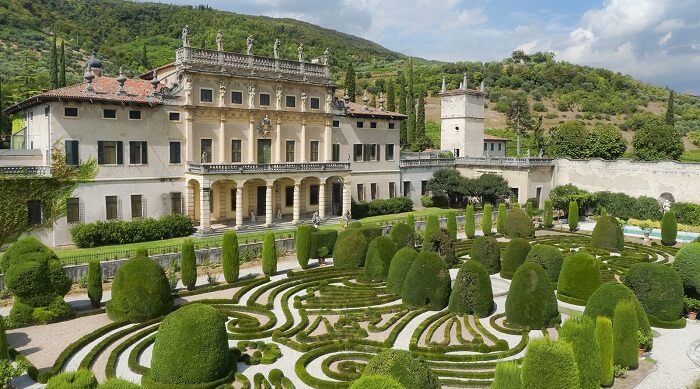
Villa Arvedi in Grezzana
Those designed by the architect Andrea Palladio have taken the name of Palladian villas, some are Unesco World Heritage. All of them have left us an heritage and a cultural heritage rich in history. Many of those present in Veneto and in some provinces of Friuli Venezia Giulia are still preserved and protected by the Regional Institute of Venetian Villas.
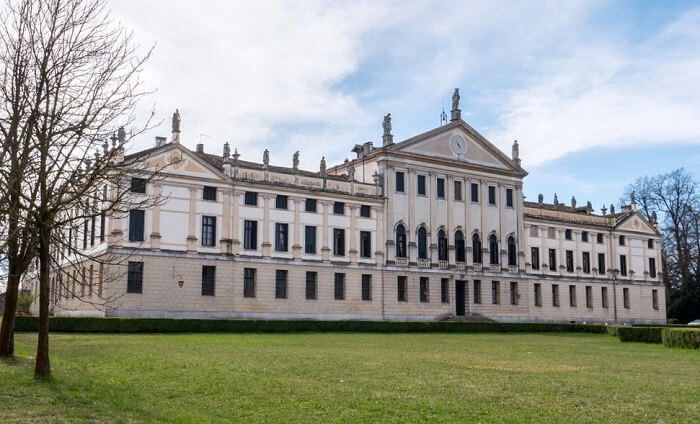
Villa Pisani in Stra
Cover photograph: Villa Contarini in Piazzola sul Brenta
Why do rich Venetian aristocrats invest in the countryside?
Between the fourteenth and sixteenth centuries the Republic of Venice reached the peak of its economic and commercial power and began the expansion of the Venetian-Friulian mainland. Only after the Great Wars of Italy, unleashed by the neighbouring states at the beginning of the fifteenth century in order to oppose the expansion of the Serenissima, has finally arrived a period of peace.
The nobles have thus passed from mercantile trade to the purchase of land property to preserve their own wealth, satisfy the need to return to the mainland and the countryside and free themselves from the dependence on the import of corn. By making huge investments in irrigation and reclamation, they have become richer and richer.
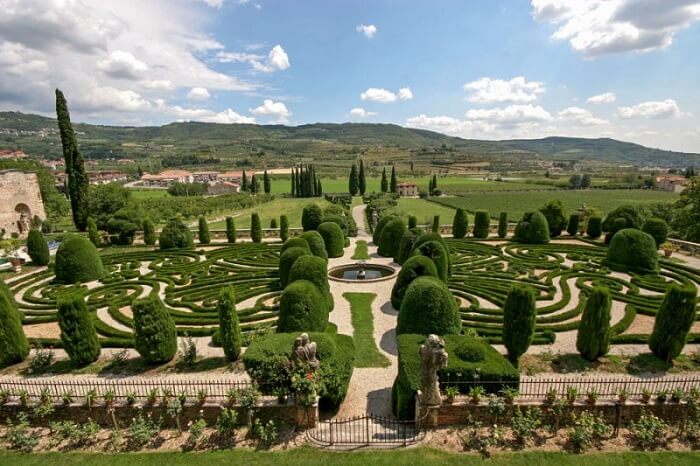
Villa Arvedi in Grezzana
Thus the desire to invest gigantic wealth, sometimes even wasting the family heritage, in buildings that, in addition to being a productive centre, also reflected the magnificence and virtues of the owners, has spread.
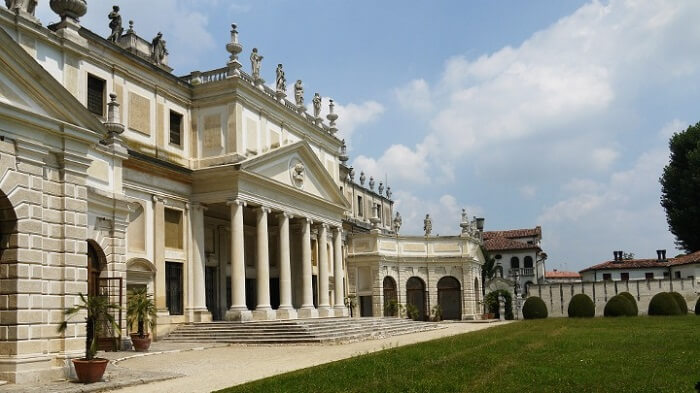
Stables of Villa Pisani in Stra – Picture of Paolo Bonavoglia – bicicletta.bonavoglia.eu
Taking inspiration from international models, the villas have become increasingly large, luxurious and rich in beautiful gardens decorated with fountains and stone sculptures, wells, water games, ornamental plants and hedges.
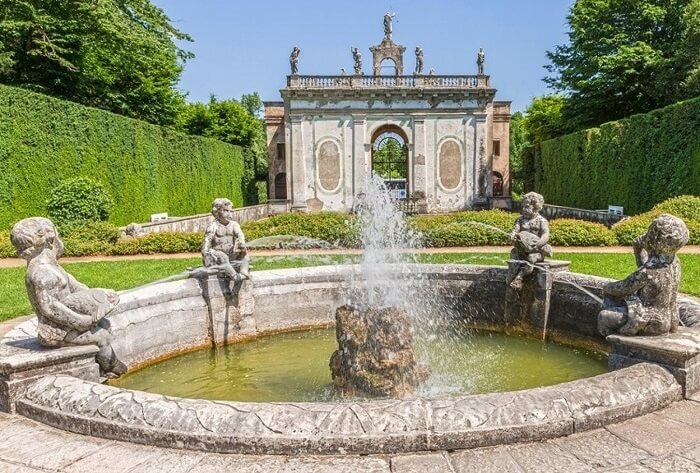
Fountain of the Villa Barbarigo in Valsanzibio – Garzignano Terme
Some have been built on panoramic raised areas and sometimes intended only for summer holidays, as representative and entertainment residences: without kitchens and without a heating system for the winter.
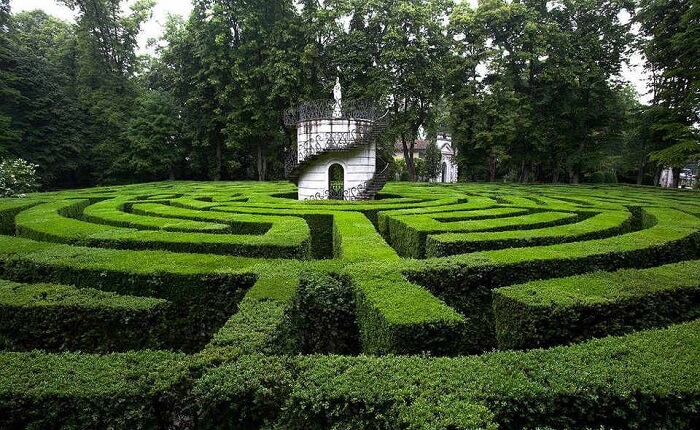
Labyrinth of Villa Pisani in Stra
They were surrounded by an enclosure wall with an architectural manor in the center, intended for the residence of the owners and the management of work in the fields, and the dependencies on the sides called colonnade, where there were the kitchens, the houses of peasants, stables and warehouses for agricultural products.
Venetian villas are a symbol of Venetian culture
The value of these dwellings is immense. It is connected to architectural aspects, the socio-political and economic contexts of the territory, the history of the family owner, the artistic and technical heritage of the artists involved in the design, construction, sculpture and painting of the various components.
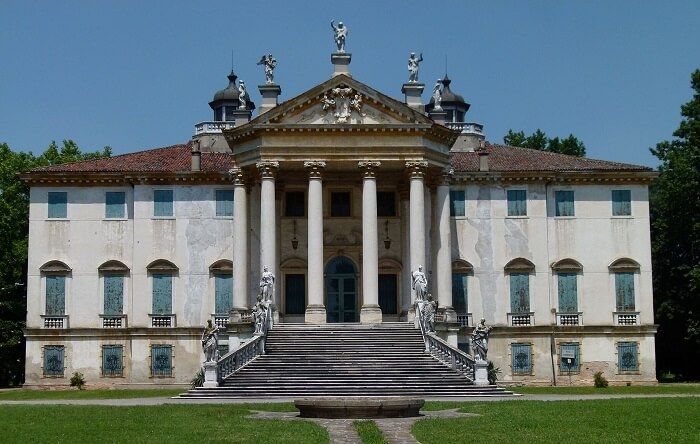
Villa Giovannelli in Noventa Padovana
The Dominions of the Mainland are also recognizable by the presence of bas-reliefs and stone sculptures depicting the winged Lion of San Marco, a centuries-old symbol of the Serenissima. These works are installed in the cities, in the historical villas, in the gardens and on the palaces, probably you will also see Arte 2000 works, in recent times we have realized of many types, in various versions and different materials, for customers from all over Italy, in particular from Veneto.
Not all the heritage has been saved, but fortunately there are prestigious families, public bodies, foundations, associations and museums that still invest a lot of money in the protection and enhancement of these works of art with important cultural projects.
We invest every day in the protection and enhancement of this heritage. In the works that we are commissioned for the remaking of ancient works, we study the type of stone and finish, the style and the historical context to create new ones very similar to the original ones. We organize educational and cultural meetings to spread the knowledge of the artistic and architectural world of the past.
This article contains general information. For questions and curiosities leave a comment below. If you wish to be contacted, please fill out the form.
